Mid-Century Modern style is as iconic today as it was in the middle of the 20th century. With its classic, streamlined look and timeless appeal, mid-century modern elements grace homes worldwide. Why not start with an interior trends guide if you want to spruce your home using this popular aesthetic? Check out our tips and tricks on creating a mid-century modern oasis that will make your space stand out.
What is mid-century modern design?
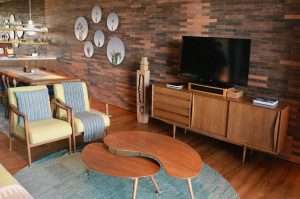
Mid-century modern design is a distinct interior and architectural design style that emerged in the mid-twentieth century. Characterised by streamlined furnishings and simple, uncluttered lines, it often reflects a forward-looking approach to design. Focus on comfort and functionality combines elements ranging from angular furniture silhouettes, geometric patterns, and natural materials such as wood and leather with angular components like wall dividers and shelving units.
The popular colour palettes of this design style emphasise warm tones such as browns, oranges, beiges, ochres and earthy shades of green. Mid-century modern interiors also emphasise playfulness with sculptural shapes for furniture pieces and asymmetrical room layouts that are visually pleasing and comfortable. It is no wonder why this timeless style continues to remain popular after all these years!
What are the main features of a mid-century modern home?
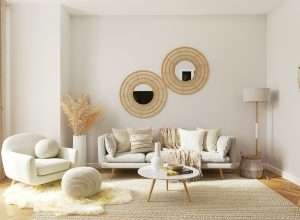
A mid-century modern home is a style of architecture that celebrates simplicity and functionality. Characterized by clean lines, natural materials, and an emphasis on indoor-outdoor living, these houses perfectly capture the spirit of the 1950s and ’60s. As with any style of architecture, however, there are several standard features to look for when identifying a mid-century modern building.
These include open floor plans with plenty of natural light; walls made from concrete or brick; furniture featuring minimalistic design; built-in shelving to maximise storage space; and large windows which bring in plenty of fresh air. This home style also typically has flat roofs, adding to the contemporary feel created by sleek lines and a focus on indoor-outdoor flow. Although the main features may seem ordinary nowadays, they were revolutionary during the era in which they were first popularised.
Natural light
Natural light plays an integral part in bringing a mid-century modern theme to life. Through the strategic placement of expansive windows and floor-to-ceiling doors, living areas are bathed in bright, sunny light during the day, creating a cheerful and positive atmosphere. Even on cloudy days, maximum natural light is achieved through the clever use of reflective surfaces and neutral colour palettes that successfully bounce diffused daylight around all corners of the house.
On a larger scale, strategic design plans make good use of roof overhangs, ensuring direct sunlight does not enter homes during intense summer months and providing privacy from street level when needed. Natural light adds beauty to house interiors and decreases energy bills in more ways than one.
Organic shapes
Mid-century modern home architecture is characterised by its exciting use of organic shapes to create irresistible curves in harmony with a minimalist approach. Although walls and windows follow the natural curves of the space, they retain a sense of simplicity and clean lines. This combination of organic elements, together with sleek materials like glass, metal, and natural wood, makes for an inviting space that is cosy yet edgy.
Mid-century modern also emphasises the relationship between indoors and outdoors — often utilizing expansive windows to blur the boundary between them — thereby creating gorgeous open spaces that are perfect for entertaining or simply enjoying scenic views. Furthermore, basic geometric shapes are used as design accents to enhance this already beautiful home architecture style.
Natural materials
Mid-century modern homes are known for their warm and inviting atmosphere, which stems from the reliance on natural materials for decorations and furniture. Woods like oak, maple, hickory, cherry, and walnut provide a certain rustic charm that contrasts with modern themes using colour, textures and patterns. Leathers like cowhide create attractive seating that is both stylish and comfortable. Natural wood veneers can also bring attention to wood grain while creating true focal points in the room. It is no wonder why these styles remain popular today; incorporating natural materials into modern architecture creates unique spaces that become the perfect way to express style and personality.
Colour schemes
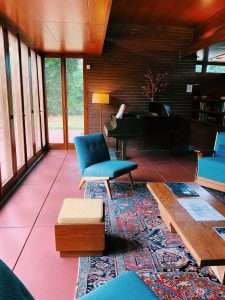
The mid-century modern home is known for its iconic colour schemes that were popularized during the 1940s and 1950s. The hallmark of this style often includes bold and daring colours that show off a homeowner’s style. Using pops of primary colours and neutrals on the wall, ceiling, and accessories gives the room an energizing atmosphere that cannot be denied.
The use of playful patterns, such as chevron, polka dots, or stripes, creates even more interest in a space, adding texture to walls and furniture and creating a timeless aesthetic. Regardless of how bright the scheme may be, warmth is always key and can be easily achieved with touches of wood or earth tones throughout the room. No matter what palette you choose with your mid-century modern style home, it is essential to have fun with it because these designs are all about making an impression.
Although mid-century modern design is typically associated with warm tones such as browns, oranges, beiges, ochres, and earthy shades of green, it can also incorporate seasonal variations to make your space stand out. For example, during the winter season, consider adding winter decor elements such as fluffy white rugs, faux fur throws, and woven baskets to create a cosy and inviting atmosphere. Additionally, incorporating pops of cool blue or green can provide a refreshing contrast to the warm hues often associated with mid-century modern design. With a little creativity, you can easily adapt the mid-century modern aesthetic to suit any season or occasion.
Retro lighting
Retro lighting is a unique feature that instantly transports any mid-century modern home into a world of nostalgia. With a focus on sophistication, retro lighting is likely to include intricate details that could span anywhere from beautiful natural materials to bold geometric forms.
One of the most popular retro lighting fixtures is the highly iconic ‘spider’ – its honeycomb-designed arms radiating outwards from one light source in every direction. Other popular pieces include string lights, tripod floor lamps and delicate pendants, all fantastic elements that bring life into a home while maintaining an iconic look and feel. Retro lighting adds texture and colour to your interiors, but more importantly, it transports the homeowner to a different time period – an era full of glamour and elegance!
Impactful art
Mid-century modern homes are defined by their simple yet elegant forms and shades and their focus on impactful art. While it can be said that art is a subjective concept, mid-century modern homes focus on pieces that have been carefully selected to make an unmistakable statement. The furniture, fixtures, and other elements of these homes provide the backdrop for powerful pieces, like abstract paintings or sculpture installations, which become the focal points in any given space. Asides from being visually appealing, the art chosen for Mid-Century Modern homes often draws attention to important social or political messages and gives inhabitants a chance to express themselves in unique ways.
Famous designers of the midcentury movement
Charles and Ray Eames
The husband-and-wife design team Charles and Ray Eames are arguably the best-known designers of the midcentury movement. They experimented with new materials such as plywood, fibreglass, and plastic to create furniture pieces like their iconic lounge chair and ottoman set. The Eameses also designed many films, exhibitions, educational animations, toys, and more.
Eero Saarinen
Another important figure in the midcentury movement was Finnish-American designer Eero Saarinen. He is mostly remembered for his groundbreaking furniture designs, such as his 1956 Womb Chair and his 1957 Tulip Chair. He also designed many architectural masterpieces, including St Louis’s Gateway Arch—the world’s tallest monument at 630 feet tall—and Dulles Airport near Washington D.C., which has become one of America’s busiest airports since it opened in 1962.
Norman Bel Geddes
Norman Bel Geddes was an American industrial designer whose work spanned from theatre sets to cars to consumer products like radios and appliances. He is probably best known for designing General Motors’ Futurama exhibit at New York’s 1939 World’s Fair, which showcased a vision of what life would be like in 1960 with highways full of cars powered by electricity or hydrogen fuel cells instead of gasoline engines—a remarkably accurate prediction!
Ludwig Mies van der Rohe
Ludwig Mies van der Rohe was a German architect who made a name for himself by designing modernist buildings such as Barcelona Pavilion in Spain and Seagram Building in New York City. His signature style included open floor plans with large glass walls that allowed natural light to flood the space while maintaining privacy from outside eyes.
Joseph Eichler
Joseph Eichler was an American real estate developer who built over 11,000 homes throughout California during his career between 1949–1974. These homes were characterised by their open floor plans, natural wood accents, post-and-beam construction, flat roofs, walls of glass windows, indoor/outdoor living spaces, and other modern amenities that made them attractive to middle-class buyers during this era.
Conclusion
Mid-century modern is a style that has been making a comeback in recent years. If you want to update your home’s interior, consider trying mid-century modern. This guide provides everything you need to know about the style, from its history to key design elements – and with the right finishing touches, you can recreate the signature mid-century look in your own home.
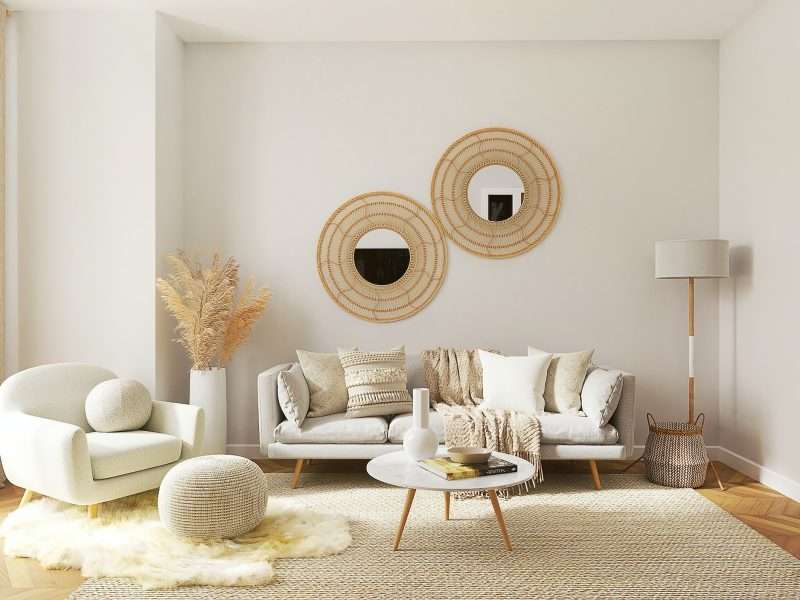

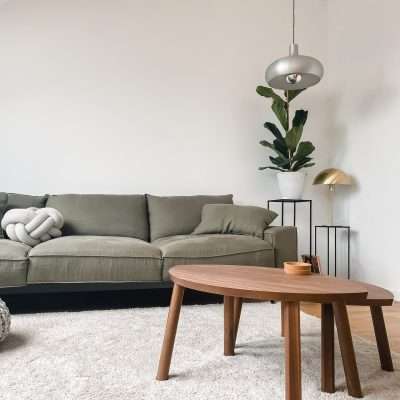
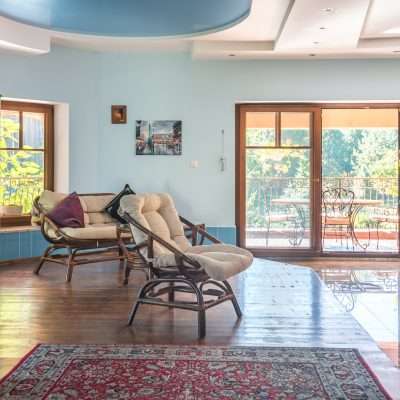
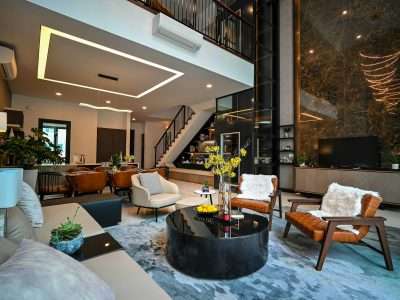
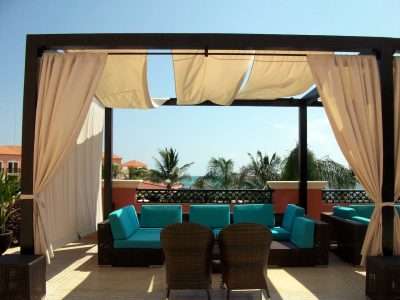
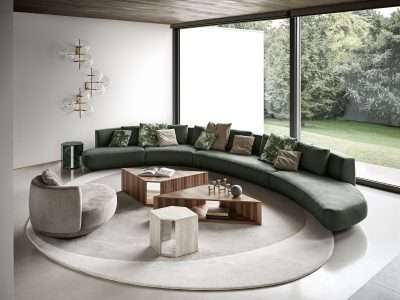
Comments